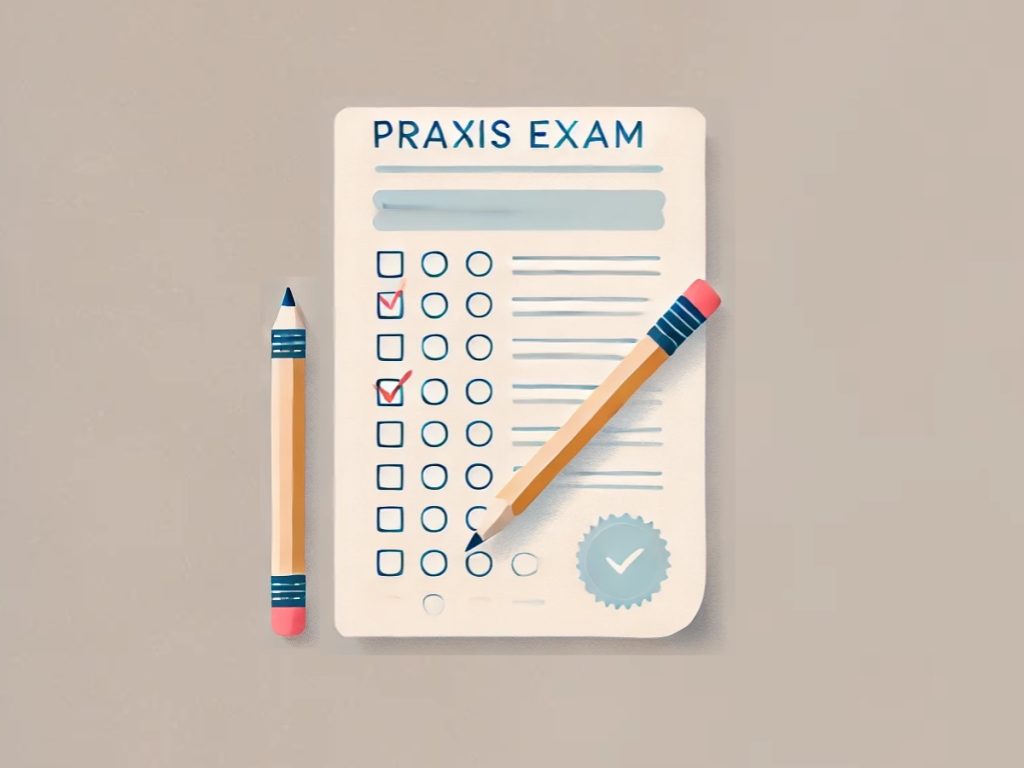How to Become a Speech-Language Pathologist Assistant (SLPA)
The main responsibilities of an SLPA (Speech-Language Pathologist Assistant) include assisting a licensed Speech Pathologist (SLP) in providing therapy and communication services. The SLP maintains responsibility for creating treatment plans while SLPA professionals execute these plans to help clients achieve progress. The SLPA performs tasks which include material preparation and screening assistance (without result interpretation) and documentation of session results and caregiver or teacher coaching for daily communication strategy support. The licensed speech pathologist provides supervision and guidance to all their activities.
During a regular day an SLPA conducts therapy sessions with students or clients using exercises developed by the SLP. The SLPA works with clients to develop speech sounds and language comprehension as well as social skills and feeding strategies based on individual client requirements. The SLPA collects data and takes notes during sessions before reporting their findings to the SLP to make plan adjustments when necessary.
The process to become an SLPA changes slightly state-by-state, and there are a few states do not recognize SLPA certification or allow them to work in schools and other facilities. This guide provides step-by-step instructions for this career path while noting general national guidelines and state-specific requirements.
Step 1 – Get Your Speech-Language Pathology Education
Formal education in communication disorders is required for becoming an SLPA. The typical requirement for this field consists of obtaining either an associate degree or a bachelor’s degree in SLP although specific requirements vary per state.
The practice of SLPAs in the United States requires a minimum of an associate degree from an SLPA-specific program in certain states states. The two-year programs at community colleges provide students with classroom instruction together with clinical supervision. The states of California, Arizona, Illinois and Washington permit this pathway for practice. A well-designed associate program at one of these locations will help you start working as an SLPA quickly.
The majority of states demand that SLPAs obtain their education through a bachelor’s degree in communication sciences and disorders or a related field. These licensing requirements apply to Texas, Florida, Louisiana and Kentucky. Students who enroll in four-year programs receive advanced knowledge about speech and language development disorders anatomy and audiology but must find separate clinical experience opportunities because their state or ASHA certification body might require it.
Students who enroll in these programs study phonetics and language development alongside articulation disorders and speech and hearing system anatomy. The main difference is depth and duration—bachelor’s programs usually offer broader knowledge, while associate programs focus more tightly on the essentials.
Begin by consulting your state’s licensing board to determine which degree path is best for you. Your educational path must match state requirements while ensuring your program provides necessary supervised experience for future practice. A reputable program of two or four years will lead you to become an SLPA since it matches your future practice location.
Step 2 – Complete Speech Pathology Clinical Experience
After mastering classroom learning you should transition to practical experience. The majority of states together with ASHA demand 100 hours of supervised clinical experience for certification. The typical clinical experience includes 80 hours of direct client work combined with 20 hours of indirect support duties under the supervision of a licensed SLP.
Students enrolled in associate SLPA programs typically complete their practicum as part of their curriculum. You will work in schools and clinics and college-based speech centers to practice therapy activities and screenings while preparing materials and tracking client progress under the supervision of your supervisor.
Students who hold a bachelor’s degree need to seek separate SLPA certificate programs or internships or supervised experiences to fulfill state or ASHA requirements because their clinical hours are not included. You must search for an independent SLPA certificate program or internship or supervised experience to fulfill your state or ASHA requirements when you do not have practicum hours. Some institutions provide post-baccalaureate certificates which target this specific need.
The goal of obtaining these hours remains the same regardless of the path you choose because you will learn effective and ethical support methods while developing comfort in actual practice settings. These experiences both train you for your job duties and build your confidence and capability as you transition into your first speech-language pathologist assistant position.
Step 3 – Obtain SLPA Certification or Licensure
After finishing your education and clinical hours, the next step is to make it official by getting licensed or certified to work as an speech pathologist assistant. Most states require either a state-issued license, registration, or certification, depending on local laws. This usually involves submitting transcripts, proof of clinical experience, and sometimes supervision agreements or background checks.
Some states, like California, Texas, and Illinois, have formal SLPA licenses. Others may use terms like “registration” or “assistant certification,” but the idea is the same: your state verifies that you meet the qualifications to practice. A few states, like New York and New Jersey, don’t allow speech-language pathology assistants at all—so you’ll want to double-check your state’s rules before applying for jobs.
In addition to state licensure, there is also ASHA’s national certification: the C-SLPA. This isn’t mandatory, but it’s respected and sometimes preferred by employers, especially in states without formal SLPA licensing. To earn it, you’ll need to complete required coursework, 100 hours of clinical training, a few ASHA training modules, and pass a certification exam. It’s a great option if you plan to move between states or want a stronger resume.
Step 4 – Start Your Job Search
After obtaining your license or certification you should begin your search for your initial job position. The majority of SLPAs work in educational institutions particularly in California and Texas and Arizona because these states have well-developed programs for this role. Early intervention programs along with private clinics, hospitals, and rehab centers provide potential employment opportunities although medical settings remain somewhat restricted because of insurance regulations.
Begin your job search by browsing school district employment boards and speech therapy staffing agencies and using Indeed and the Career Portal of the American Speech-Language-Hearing Association (ASHA). Your clinical practicum location can also provide an excellent opportunity to establish professional connections and start your job hunt.
The practice of SLPAs remains restricted in multiple states across the country. The current licensure and certification status for speech-language pathologist assistants remains undefined in Connecticut, Hawaii, Michigan, Nevada, New Jersey, New York, Rhode Island, Vermont, Virginia, and Wisconsin. Working under the SLPA title remains prohibited in these states. The roles for aides or paraprofessionals in school settings exist outside the official speech pathology assistant scope and typically do not need specific SLPA training.
The demand for SLPAs remains high throughout states which license or register them particularly in educational institutions because speech pathologists maintain heavy caseloads and need assistant support. Demonstrate your clinical experience together with your flexibility and dedication to communication support to potential employers. The combination of these qualities creates a strong impression on both school and clinic employers.
Optional - Continue Your SLP Education
To work as an speech-language pathologist assistant you don’t need any education beyond an associate or bachelor’s degree. Yet many professionals who start in the SLPA field pursue full licensure as Speech-Language Pathologists. Students who want to become licensed SLPs need to earn their master’s degree in speech-language pathology, complete a clinical fellowship and pass the Praxis exam.
Why go further? Speech-language Pathologists receive additional responsibility along with independence because they perform client evaluations and create treatment plans while working autonomously. The average salaries of SLPs exceed those of SLPAs by a significant amount since they can earn double the amount. The path to becoming an SLP presents itself naturally to professionals who both enjoy their work and seek additional career opportunities.
Your experience as an speech pathologist assistant is great preparation for grad school. Your practical experience will provide you with valuable knowledge that will benefit your academic performance and clinical training. The requirement for continuing education remains essential regardless of whether you decide to remain an SLPA. The license or certification renewal process in many states and ASHA demands continuing education which also keeps professionals updated about modern tools and methods.
Speech-Language Pathologist Assistant Salary: How Much Can I Earn?
The amount of money speech-language pathologist assistant professionals earn depends on their location together with their experience level and work environment. According to ASHA’s 2023 Assistants Survey, the annual salary range for SLPAs across the country typically falls between $45,000 and $55,000 per year which translates to $22 to $28 per hour. The starting salaries for entry-level SLPAs tend to be lower in rural areas with low cost of living yet experienced SLPAs who work in high-demand states can earn higher salaries.
The states of California, Texas, Arizona and Massachusetts provide the highest speech pathology assistant salary rates because of their strong labor market conditions and elevated cost of living which reaches approximately $59,000 in California. School-based SLPA positions in the Midwest and Southeast typically pay between $40,000 and $45,000. School-year employees should note that their annual salaries represent their work during nine months only.
As for job outlook? It’s strong. Schools currently experience a rising need for speech pathology assistants because SLPs maintain excessive caseloads that require qualified support staff. The U.S. Department of Labor and ASHA predict rapid growth in this field at a rate above the average national level. Your chances of finding work will be high if you are willing to relocate and take positions in regions with limited services.
Working as an SLPA will provide lower pay than an SLP but you will receive minimal student debt and make a genuine difference in people’s lives which makes this profession an attractive and fulfilling option.
Related Articles

Speech Pathologist vs Speech Therapist: What’s the Difference?
If you have ever been researching speech-language pathology careers and come across the words ‘speech pathologist’ and ‘speech therapist’, you might wonder if they are

What is the Praxis Exam for Speech Language Pathology?
If you are pursuing the position of a speech-language pathologist, then you may have heard of the Praxis exam from your professors, classmates, or even

What is the Speech-Language Pathology Interstate Compact?
If you are interested in pursuing a career in SLP and have been researching licensing requirements or are simply interested in learning more about SLP
